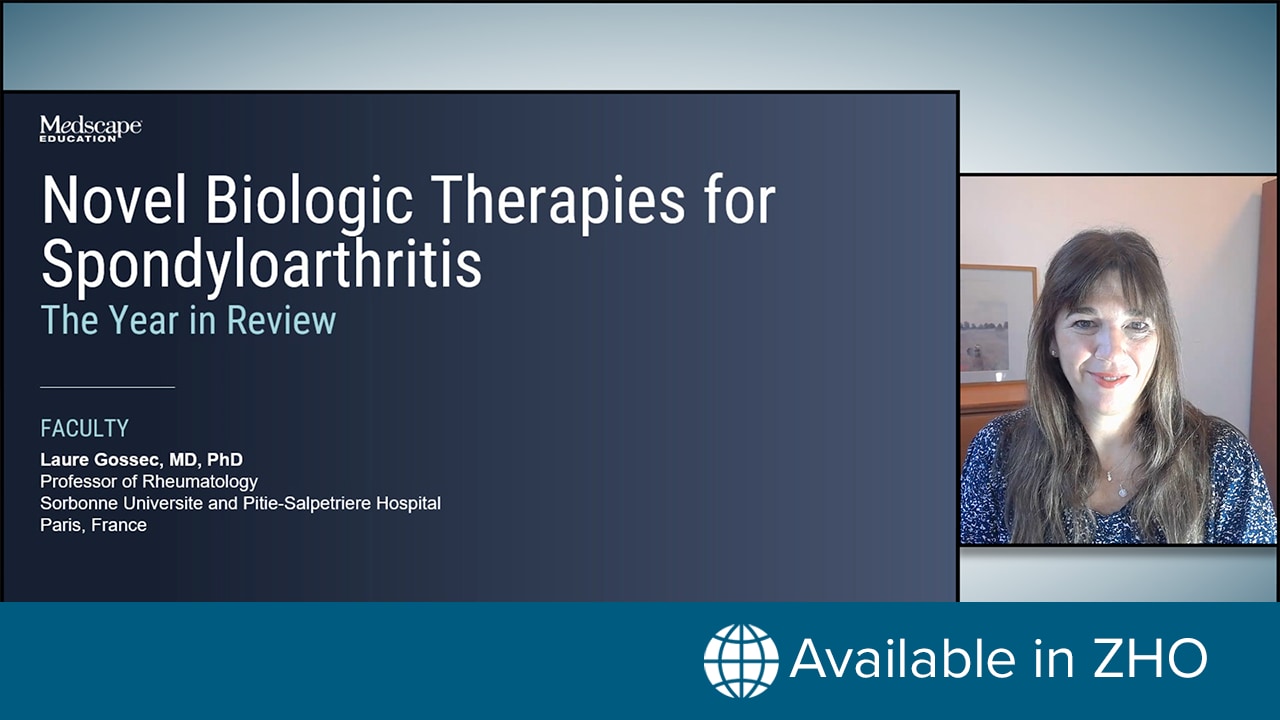Future Perspective
The interest in new therapies for hematological cancers has been mainly focused on biomolecular modifiers in recent years, with decreasing interest in chemotherapy, conventional or not. Until now, nanotechnologies in hemato-oncology have been perceived by the clinical hematologist, at the upmost, as an adequate, if sometimes costly, alternative to classical chemotherapy. However, the deepening of knowledge in the field of nanotechnologies, with the availability of new tools, is revealing a completely new world that is highly interesting for its possible diagnostic and therapeutic implications. As an example, the intracellular kinetics of nanoparticles are sharply different from those of conventional drugs; even while the intracellular kinetics of both are difficult to study (and, consequently, are largely unknown), this seems to be a well-established fact. Thus, apparently in contrast to the classical rules of polychemotherapy, it is possible that a single nanodrug could result in therapeutical success. Of course, on the other hand, this effect could be related to different extracellular pharmacokinetics; however, further research on how to better profit from these mechanisms is warranted and will, in part, contribute to the success of nanotechnologies in the treatment of hematological neoplasias. For example, we expect to obtain an advantage from the combination of the long circulation and active intracellular drug delivery offered by ligand-targeted liposomes, further improving the therapeutic index.
The niche of fragile patients who are suitable for treatment is now enlarging; this point, as well as the importance of granting a safe life to the increasing numbers of long-term survivors, should help clinicians to overcome the cost issues related to nanodrugs and, in the long run, contribute to reducing and possibly minimizing the frequency of toxicities.
Nanomedicine. 2014;9(15):2415-2428. © 2014 Future Medicine Ltd.









